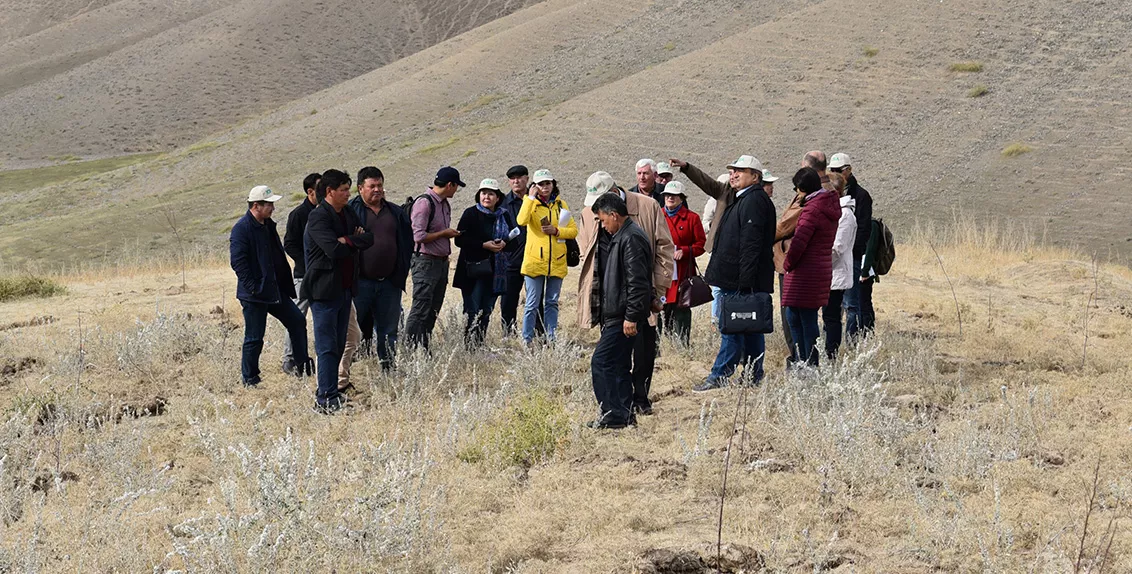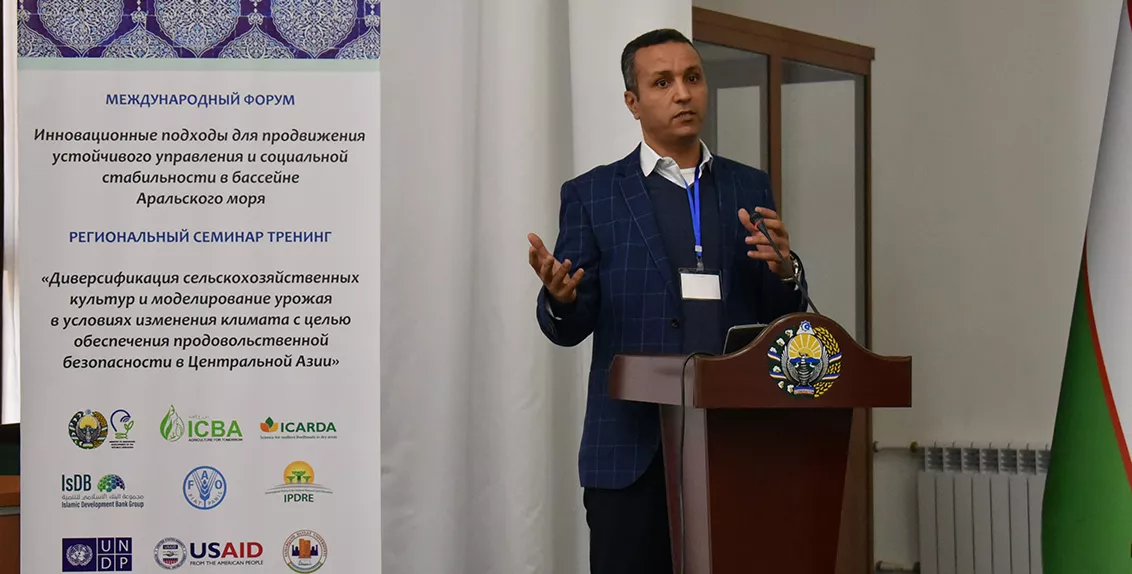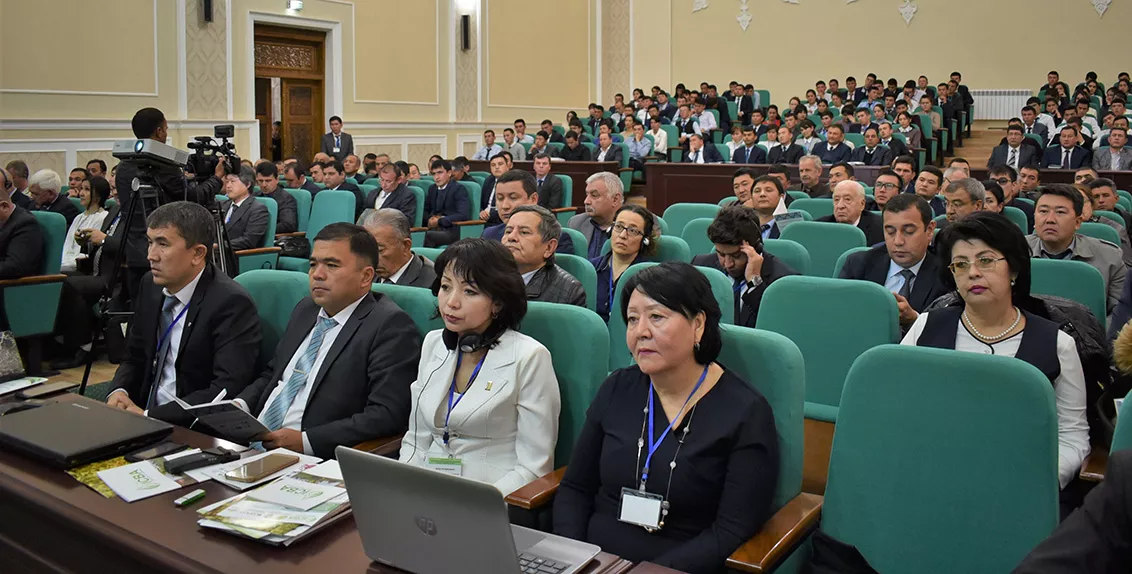Regional training in Uzbekistan focuses on climate change impacts in Central Asia
18 October 2018
Hotter summers and colder winters have become a normal way of life for the 70-million-population of the Central Asian region, predominantly residing in the rural areas. These weather extremes, combined with the shrinkage of the Aral Sea, soil salinity and water shortages, are causing a major threat to food and nutrition security as they negatively affect crop yields and livestock productivity.
Although the adoption of resource-saving technologies and agricultural reforms over the past decades have served as a cornerstone for climate change adaptation, more work still needs to be done in building capacity of national and regional agricultural research agencies in the region.
As part of continued efforts to transfer knowledge and technology and build capacity of local specialists, the International Center for Biosaline Agriculture (ICBA) conducted on 15-18 October 2018 a regional training course in Samarkand, Uzbekistan, on crop diversification and modeling for climate-resilient agriculture and food security management in Central Asia. Supported by the Islamic Development Bank (IsDB), the four-day event highlighted the advances in research in climate change modeling, drought management, and adaptation measures that support greater water use efficiency, and enhanced crop, rangeland and livestock management.
More than 45 researchers and experts from Azerbaijan, Kazakhstan, Kyrgyzstan, Tajikistan, Turkey and Uzbekistan convened to exchange knowledge on best practices and experiences.
The training course kicked off with a field day trip to a farm in the Mugol village, located in the hilly part of Jizzakh Region. During the visit, participants observed the recently introduced ‘seed isles’ technology for rangeland rehabilitation in semi-desert foothills. The practice is being scaled out by ICBA, the United Nations Development Programme with financial support from the United States Agency for International Development.
“It’s very important to show the impacts of climate change to combine the efforts of scientists, policymakers, international and private-sector organizations for policy development to address its detrimental consequences,” Mr. Ghazi Jawad Al-Jabri, a capacity-building specialist at ICBA, says. “The ‘seed isles’ technology has given us an example of how small ideas can help green the desert and reverse climate change.”
Stretched over 400 million hectares of land, the Central Asian region consists of four main agro-ecosystems: rain-fed and irrigated agriculture, mountains and rangelands. However, only 20 percent of this territory is suitable for farming. Despite facing similar environmental and agricultural challenges, few joint adaptation measures have been taken to ensure sustainable development in the region.
“It’s very important for Central Asian experts to work together to address the climate change effects,” Ms. Takhmina Akmedova, a specialist of the Climate Change Adaptation and Mitigation Program for the Aral Sea Basin of the Committee for Environmental Protection under the Government of Tajikistan, says. “Cooperation at the regional level is key to addressing the current issues through scientific and innovative solutions.”
For Ms. Jacqueline Mbugua, a student of the Graduate School of Environmental Studies of Tohoku University, Japan, the training course provided an opportunity to acquire firsthand information about adaptation methods used in the region. “I also had a chance to meet the authors of the articles that I used for literature reviews while pursuing my degree,” she says.
Participants showed a particular interest in methods to determine irrigation depths and forecasting weather using a numerical model. “Approximately, 70 percent of the global water resources are used for irrigation. With limited water resources, it is a great challenge to satisfy the world’s need for food in the future,” Prof. Haruyki Fujimaki, of the Arid Land Research Center at Tottori University, Japan, says. “The adoption of weather forecasts with irrigation scheduling technologies in agriculture can improve irrigation water management, especially in the arid lands.”













